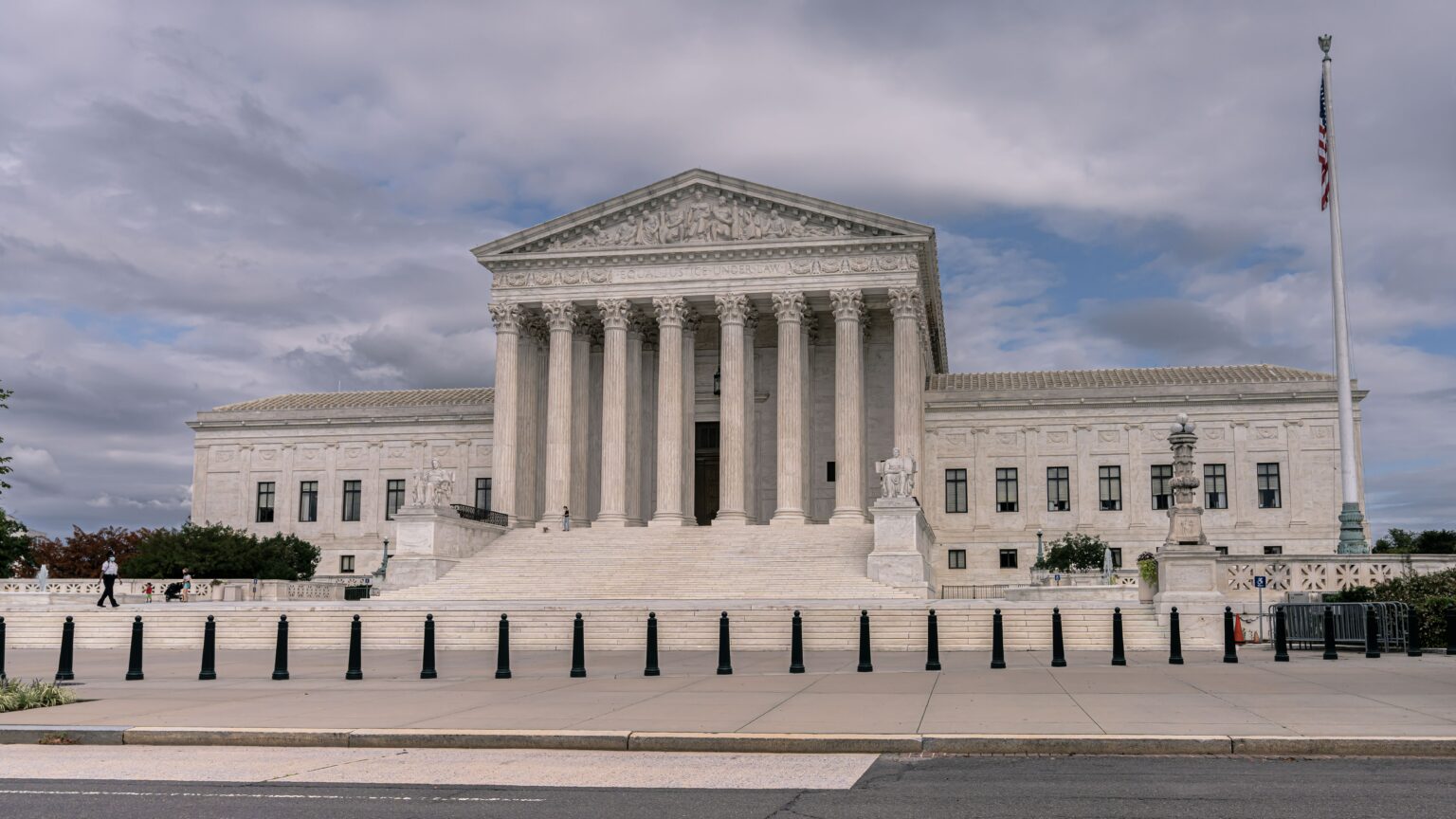The Supreme Court submitted a budget request to Congress that includes $5.9 million for an “expansion of protective activities” and another $6.5 million for building security reinforcements
That combined funding would cover security measures for the Supreme Court police to protect the Justices and care of the Court building which sits across from the U.S. Capitol.
The budget request notes that ongoing threat assessments show “evolving risks that require continuous protection.” The money would go toward contract workers—who’d eventually transition to full-time staff—to “augment capabilities of the Supreme Court police force and allow it to accomplish its protective mission.”
Nearly a year after the leaked Dobbs v Jackson Women’s Health Organization draft opinion hinting the Court planned to overturn the right to abortion, the Court is also calling for five new IT positions in cybersecurity, software development and network engineering.
Altogether, the Court’s total budget request for fiscal year 2024 comes to more than $150 million.
Concerns about security threats against the Justices spiked in the past year, following the Dobbs leak in May.
In June a man allegedly armed with a gun, knife and other objects was arrested outside Justice Brett Kavanaugh’s home in Maryland. The man told authorities he had come from California to kill a “specific United States Supreme Court Justice,” and was eventually charged with attempted murder.
Previous to the threat on Kavanaugh and in response to public backlash to the leaked opinion, Attorney General Merrick Garland had directed the U.S. Marshals Service to provide additional security to the Justices. Garland later credited that enhanced protection with stopping the attack on Kavanaugh.
After an eight-month investigation, the Supreme Court announced it had failed to identify the source of the Dobbs leak.
In September, Gallup polling found public approval of the Court was at a 50-year low with just 40% of those surveyed approving of its job while a record low of 47% said they had trust in the judicial branch.


